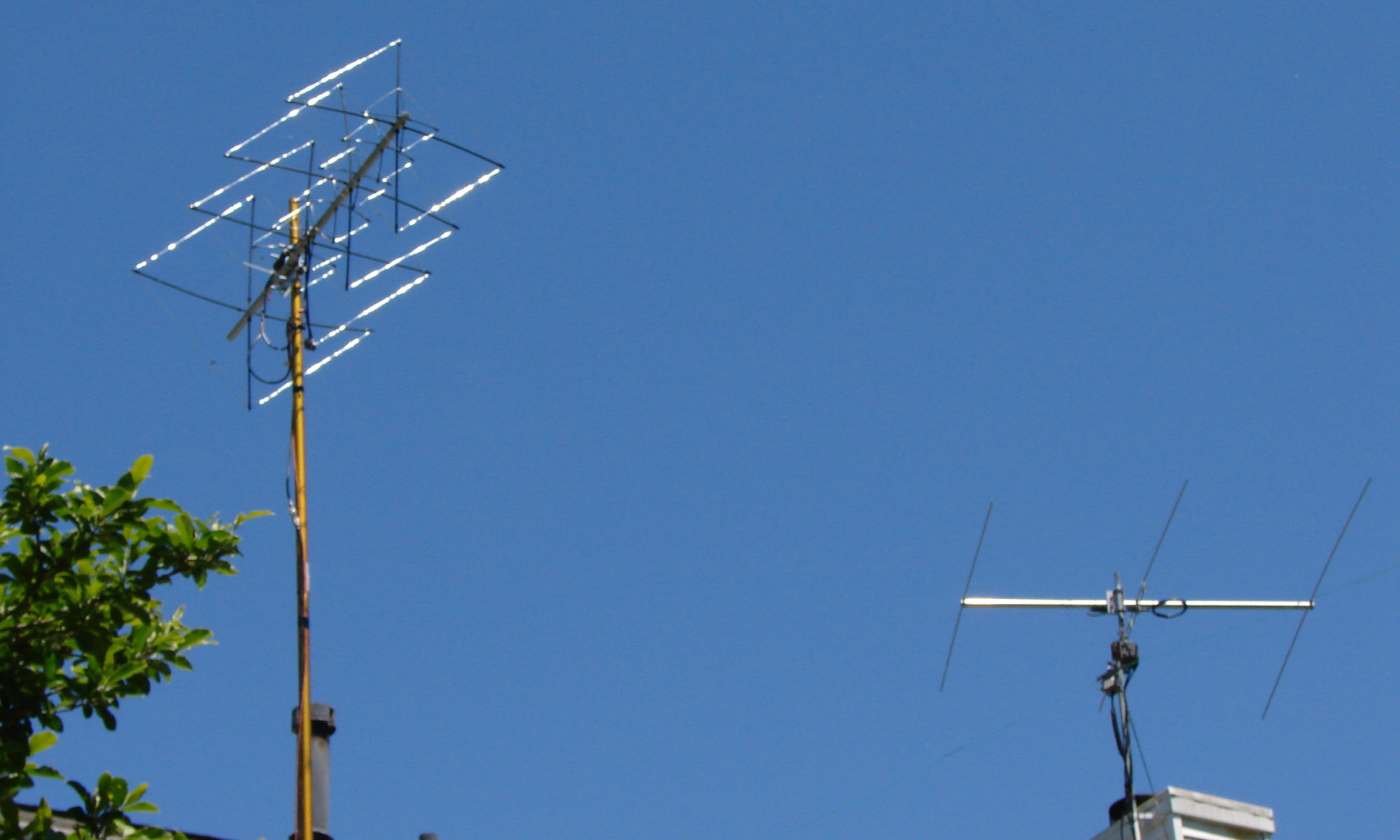The North American Sprint is a unique contest with unique rules. Sponsored by the ARRL National Contest Journal, a four-hour CW contest takes place twice a year, the second Saturday evenings in February and September. In addition, there’s a half-hour mini-sprint each Thursday evening at 0230z that’s sponsored by the Northern California Contest Club. (There are also RTTY versions of the sprints, and the rules are similar, but this article just covers the CW sprints.) The “Sprint QSY rule” requires that once you call CQ and work a station, you must relinquish the frequency and move at least 1 kHz before calling CQ or working another station. This means there is no “running” – a single station can’t sit on one frequency and work stations one after another as in almost every other contest. The required exchange is: both callsigns, a serial number, your first name and your state. By convention, though, there is a unique order to these elements, making it apparent as to who is the CQer and who is answering.
The sequence is as follows:
Station A calls CQ:
CQ W8AA
Station B replies:
N8BB
Station A replies:
N8BB W8AA <number> <name> <state>
Station B replies:
W8AA <number> <name> <state> N8BB
Note that the replying station – the station that will now “inherit” the frequency – sends his call at the end of his exchange. This makes it more apparent to those tuning around as to who is about to get the frequency and if you’re quick you can call them without waiting for them to send a CQ.
I have set up my N1MM Logger+ function keys to handle these intricacies. N1MM provides separate modes and macro sets for Search & Pounce and Run modes. Effectively, when you reply to the other station’s CQ, you’re in S&P mode, but when you complete the QSO and inherit the frequency, you’re in Run mode. So, my function keys are set up as follows:
- F1 – CQ NS {MYCALL}
- F2 – In S&P, {HISCALL} {EXCH} {CALL}
In Run, {HISCALL} {CALL} {EXCH} - F3 – In S&P, {LOG} {RUN}
In Run, TU {LOG}{END}{S&P}{FREQUP} - F4 – {CALL}
- F5 – {HISCALL}
- F6 – #
- F7 – ?
- F8 – NR?
The F3 key, which logs the QSO in Run mode, also tunes the rig up 1 kHz so I can look for the next station to call without having to tune manually.
Others may have a better way but this is what I figured out on my own and it seems to work fine. The keystroke sequence I use to make a QSO pair is:
F4 (enter his call) (enter his #) F2 F3 F1 (enter his call) F2 (enter his #) F3
This assumes that the other station’s information is already in the prefill, so just compare what is sent with what appears. If not, then copy and enter name and state.
Now, on to the audio clip.
Here’s what you’re hearing:
I tune around and hear N6TV ending a QSO. I know this because he sent his call sign at the end of his exchange. (The N1MM Logger+ logging program is in S&P mode.)
I call N6TV by pressing F4 in N1MM:
NF8M
Bob calls me and sends:
NF8M N6TV 290 BOB CA
I press F2 to send
N6TV 47 FRANK MI NF8M
Bob didn’t get my number (he was probably expecting 3 digits since this was a couple hours in) so he asks
NR?
I press F6 to repeat my number
47
Bob goes dit-dit and moves on. I press F3 to log the QSO and switch to Run mode.
Not hearing any waiting callers, I press F1 to call
CQ NS NF8M
N0AT calls me. I call him back:
N0AT NF8M 48 FRANK MI
Ron replies
NF8M ###8 RON MN N0AT
Ron’s number was garbled by QRN so I ask for a repeat using F8 –
NR?
Ron sends
228
I press F3 to send
TU
(thank you). The F3 macro in Run mode also switches me back to S&P and QSYs up 1 Khz.
I tune around a bit and hear N2IC respond to KW8N’s CQ. I listen to them work each other knowing that N2IC will inherit the frequency at the end of their exchange. I call Steve:
NF8M
Steve’s not sure about my call so he sends
?
I send my call again:
NF8M
Steve hears me this time and sends:
NF8M N2IC 323 STEVE NM
I reply:
N2IC 49 FRANK MI NF8M
Steve sends a single dit. I call CQ:
CQ NS NF8M
I get a ? so I repeat my CQ. K0RF calls. I send:
K0RF NF8M 50 FRANK MI
He sends:
NF8M 267 CHUCK CO K0RF
I send:
TU
and move on. Tuning around I hear Tim:
CQ NA K3LR
I call. Tim crisply replies:
NF8M K3LR 263 TIM PA
I respond:
K3LR 51 FRANK MI NF8M
He sends R and I call CQ. Kirk calls me:
K4RO
I reply:
K4RO NF8M 52 FRANK MI
Kirk sends:
NF8M 317 KIRK TN K4RO
I send TU and move on.
For a deeper dive, read N3BB’s article on CW sprinting. I’m not a master at the Sprint by any means. I usually score near the bottom. But it’s a lot of fun to speed your way through these QSOs, make use of your CW copying skills, and work the top contesters in amateur radio.
